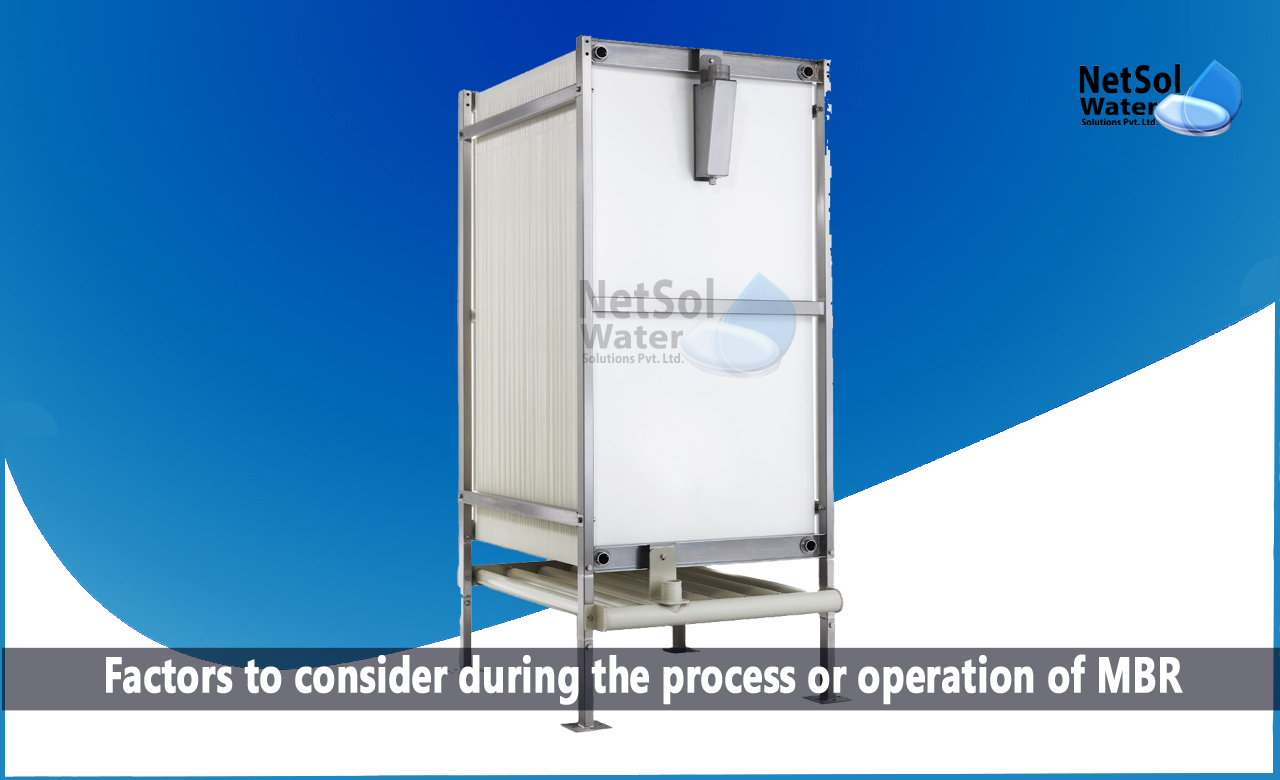What are the factors to consider during the process/operation of MBR?
Membrane bioreactor (MBR) treatment technology combines membrane and bioreactor treatment technologies. It efficiently resolves the issue with the conventional wastewater treatment process, because it can concurrently realise the degradation of pollutants by microorganisms, and the separation of pollutants by membrane in a small space.
But, there are certain factors that need to be considered during the operation of membrane bioreactors. Let’s have a look at them!
· The higher the MBR membrane flux design, the worse it is
The structure and substance of the membrane affect the flow of the membrane. There is a maximum porosity and flux for a certain membrane processing component. Essentially, filtering is a physical process.
The flux of the membrane will drop when the pore size is reduced by the membrane material, but at the same time, the strength must be taken into account and long-term operation must be guaranteed. As a result, the flux has a set value.
· MBR cannot entirely ensure the water's quality upon production
The MBR process essentially combines membrane filtration and the activated sludge technique. On the basis of the conventional activated sludge method, it substitutes the secondary settling tank with membrane filtration, which offers benefits including a high rejection rate and high sludge concentration. Activated sludge and the biodegradability of organic matter are still necessary, for the removal of organic matter.
· The sludge removal treatment is required by the MBR procedure
The MBR process' activated sludge can reach a larger concentration due to the excellent retention effect of membrane filtration, and the separation of hydraulic retention time and sludge age can be accomplished without taking the effect of sludge concentration, on the effluent into account.
This benefit, however, does nothing more than expand the field of biochemistry. The aged activated sludge will impair the biochemistry's functionality, as well as the aeration if the sludge is not released. Although, the project's MBR process can cut down on sludge discharge, it is still important to release sludge.
· Cannot permanently lower the sludge concentration
Membrane obstruction is a frequent issue with MBR applications. Sludge can obstruct the MBR Membrane, especially when the concentration is too high. There is a misconception that sludge concentration should be reduced to prevent membrane blockage.
The right approach is to keep the concentration in a suitable range because too little, or too much sludge, would quickly block the membrane. Aeration also has the effect of scouring the membrane's surface, thus it should be maintained at a comparable level.
· MBR membrane is only able to partially control BOD/COD
Filtration, a physical process, is the fundamental idea behind the membrane. It is important for the MBR membrane because it enhances biochemical efficiency.
However, because it cannot filter soluble organic materials, it cannot be the cause of indications like COD. The entire process chain's design and management remain crucial, to the removal of organic materials.
· MBR is not just applicable to sewage from homes
The MBR process, which combines membrane filtration with the classic activated sludge method with a secondary settling tank, is a combination of the two. In this regard, situations where the activated sludge method is employed are appropriate for the MBR process.
However, the pretreatment must adhere to the specifications for some sewage that is likely to result in membrane obstruction.
· MBR membrane is unable to enhance the process' performance
The membrane has no bearing on any other performance besides good turbidity and disinfection performance. Additionally, using membranes has stringent guidelines for how the systems' water volume can fluctuate. If the flexibility of operation is insufficient, the membrane won't be able to handle the water volume variations.
Conclusion
The MBR effluent's quality can satisfy the strictest wastewater reuse or disposal regulations. As a result, the potential application of MBR in the reuse and treatment of wastewater is very extensive.
Top sewage treatment plant manufacturers in India!
Netsol Water is a corporation with roots in Greater Noida, and we have been offering India's top water and wastewater treatment facilities for many years. We have constantly assisted clients in a range of industries with our best services.
According to the needs of the industry, we provide RO Plants, water softeners, STPs, ETPs with advanced technologies such as MBR and SBR. For more information, contact us by email at enquiry@netsolwater.com or by calling at +91-9650608473.



